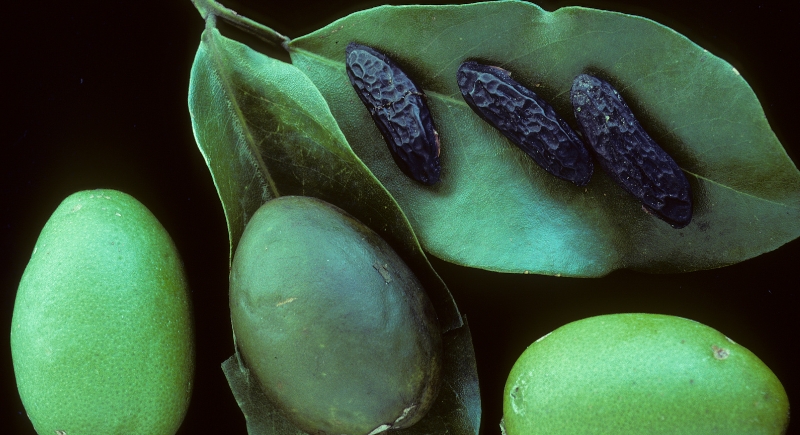This Delicious Ingredient Is Illegal in the U.S. Because It Can Be Toxic
Tonka beans may look like small, wrinkled raisins, but cooks treat them with the same excitement they reserve for rare spices. They come from the kumaru tree in South America and offer an aroma that feels like vanilla blended with almond, with a warm depth that shows up beautifully in both sweet and savory dishes. Many chefs describe the flavor as rich and layered, even in tiny amounts. One bean is often enough to carry the taste through a full dinner service, which explains why so many people become fascinated once they try it.
In restaurants outside the United States, tonka shows up in ice cream, cakes, mashed potatoes, and braised chicken. Some Caribbean bakers add it to black cake. Beer makers use it in special releases. American chefs saw that and decided they wanted in. Although it is banned here, it still appears on tasting menus and fancy plated desserts.
Because the flavor can be subtle when used sparingly, diners may not always recognize it. Some restaurants grate it over panna cotta or tres leches, while others stir it into a custard or brûlée. The descriptions from food writers can sound poetic, but the appeal really does come down to taste.
Why It Was Banned

Image via Getty Images/Shooter_Sinha_Images
The story behind the ban starts with coumarin, a natural chemical found in tonka beans. It also appears in many plants, including strawberries and cherries, as well as in the scent of fresh-cut grass. Researchers found that large amounts of coumarin caused liver problems in animals. That led the FDA to block tonka beans in 1954. The idea was to prevent people from eating enough to get sick.
Here is where things get messy. No one has ever died from coumarin poisoning. You would need to eat piles of beans to feel the toxic effects. Some estimates say around 30 beans in a short period. Given that cooks shave tiny bits at a time, that would be a challenge. A single bean can flavor food for about 80 servings. Still, coumarin can cause harm with long exposure, and some people process it differently.
A small portion of the population does not break it down in a safe way. That group might face a higher risk of liver issues. Scientists also link fungal changes in spoiled clover to dicoumarol, which inspired the drug warfarin. Concerns about coumarin’s toxicity persisted even after the discovery of related compounds such as dicoumarol and the development of warfarin.
How People Get It Anyway
The ban did not stop interest. Tons of chefs still want to use tonka beans. Some order them online and have them shipped in simple packages. One writer even ordered bags of beans from Venezuela through a major online retailer without trouble. Specialty spice shops in cities like New York sometimes keep a hidden stash.
The funny thing is that there are not many raids or dramatic crackdowns. There was a famous one in Chicago at Alinea back in 2006, but that was an exception. For the most part, enforcement is relaxed.
Home cooks could buy them too. The internet offers access, and no one is checking kitchen drawers. That said, the rule is still on the books, and sellers are technically not supposed to offer them for food.
Will It Ever Be Allowed Again

Image via Getty Images/Michel VIARD
That is hard to predict. Some experts think the regulation went too far. Others say caution makes sense because liver disease already causes a high number of deaths around the world. The bean might stay in a gray zone. For now, it exists as a secret flavor in American cooking, whispered about by chefs, hunted down by curious eaters, and sprinkled lightly so no one thinks twice.